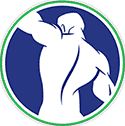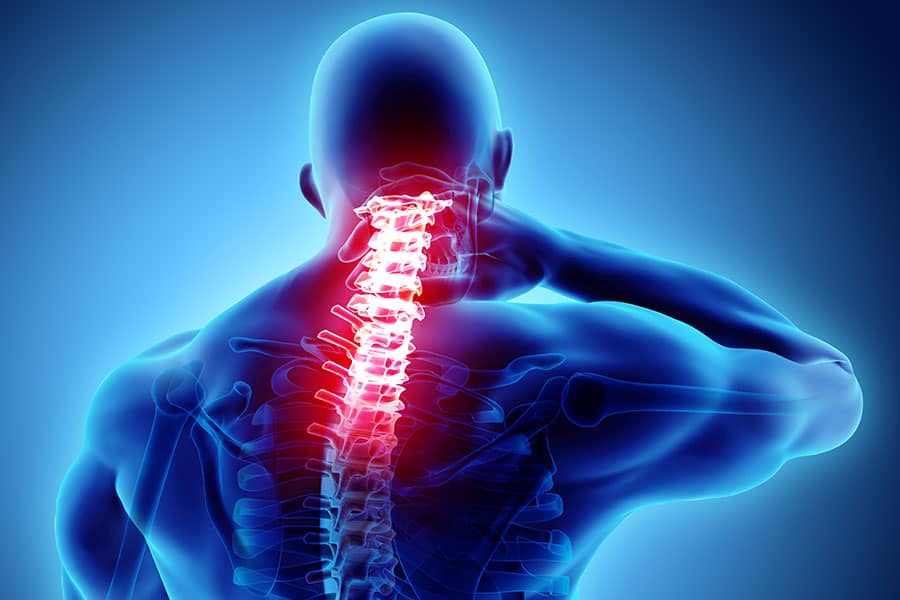VISUAL EVIDENCE OF AUTO LOW IMPACT INJURIES
May 4, 2021EAT YOUR WAY OUT OF INFLAMMATORY PAIN
May 10, 2021
Low Impact Car Injuries Need Special Care
Not all accidents require the guidance of an attorney. However, sometimes, claims are complex enough or injuries are severe enough, that hiring an attorney is the smartest thing a victim can do to protect your future and improve their chances of fair resolution. The first step you should take following a car crash is the contact a healthcare provider to determine if you are injured and how bad it may be. I recommend a certified provider as it pertains to management of car crash victims. Most providers has little to no training in injuries from a car crash.
Forces that are sustained during a motor vehicle collision are unique and is defined as “G” “force. “G” Force is the gravitational unit of the earth. We experience one gravitational unit every day of our lives: the pens on your desk, the cup of coffee on your table, your remote control on your coffee table, are all under one gravitational unit.
This metric is important to consider with car crash victims. Consider an individual stopped at a red light in a 2016 Honda Accord and they are hit from the rear by a 2015 Toyota Camry traveling at 7 mph. The occupant of the Honda will have their head and neck accelerate between 8-19 G’s of force, this is based on research by Ommaya and Hirsch.
This is a massive amount of acceleration in the blink of the eye and the body cannot protect itself. This is why whiplash injuries are so unique. It is due to the peak acceleration of the head and neck. Low-speed collisions as slow as 6 miles an hour have been proven to create injury.
This is why we believe your first destination should be to a provider that is certified in personal injury and whiplash mechanics. Not only are these injuries unique, they have long-term ramifications if not addressed quickly and using the right treatment techniques.
Many crash victims will experience the following symptoms at some point in time following the car crash:
• Neck pain and/or stiffness
• Blurred vision, Floaters, Eye Pain
• Difficulty swallowing
• Headaches or Foggy Brain
• Fatigue, Sleepiness or Inability to Sleep
• Dizziness or Nausea
• Pain between the shoulder blades, arms and hands
• Pain in the low back, legs and feet
Treatment Options:
Chiropractic manipulative therapy using various appropriate techniques will help to relieve joint pain, edema, congestion and restore proper joint motion thereby allowing the connective tissue to repair well.
Physical therapy (PT) helps to reduce muscle spasms, increase circulation, and promote healing. PT may include the following modalities: moist heat, ice, ultrasound, electrical stimulation, and exercise to restore range of motion and build strength.
If symptoms persist, cervical traction may be incorporated into the treatment plan. A portable cervical traction device can be used at home or office. Trigger point injections containing a local anesthetic may help alleviate pain and tenderness.
If symptoms continue more than 6 weeks, or new symptoms appear the patient’s condition is re-evaluated. Severe extension injuries can damage the intervertebral discs involved. When an intervertebral disc is affected, surgical intervention may in rare instances be required.
Surgery is rarely needed in a whiplash case. Surgical intervention is considered in severe cases such as those presenting persistent neck, scapular or shoulder pain. A tear in an intervertebral disc or joint instability can cause these pains. When intervertebral disc surgery is necessary, one of the following procedures may be performed:
Discectomy is the surgical removal of part or the entire offending intervertebral disc.
Microdiscectomy enables disc removal through a small incision in the back. These are generally not used in the cervical spine (neck) but have been used in the low back. Automated Percutaneous Discectomy is performed under radiologic control while a cannula (hollow tube) with a rotating blade breaks up the disc. The disc fragments are then removed by aspiration.
Spinal Instrumentation and Fusion provide permanent stability to the spinal column. These procedures join and solidify the level where an intervertebral disc has been damaged or removed. Instrumentation, medically designed hardware such as rods and screws, can be combined with spinal fusion (arthrodesis) to permanently join two or more vertebrae.
Recovery
Non-Surgical Recovery
During the recovery phase, the goal is to help the patient resume normal activities at their pre-injury level. Home treatment guidelines set forth by the spinal physician should be closely followed. A home exercise program customized to the patient’s needs is a key to rebuilding strength and increasing range of motion. It may be necessary to continue chiropractic and physical therapy / modalities for a period of time.
Surgical Recovery
Post-operative pain and/or discomfort should be expected. Patient Controlled Analgesia (PCA) enables the patient to control their pain without hospital staff assistance. PCA is eventually replaced by oral medication.The patient may be encouraged to get up and walk the same day. Early activity enhances circulation and healing. Physical therapy is added post-operatively enabling the patient to build strength, flexibility, and increase range of motion. Chiropractic and physical therapy is usually continued on an outpatient basis for a period of time. Failure to follow through with the outpatient care and home exercise program can offer poor short term and long term results. Research has shown that an integrate approach offers the best results.









